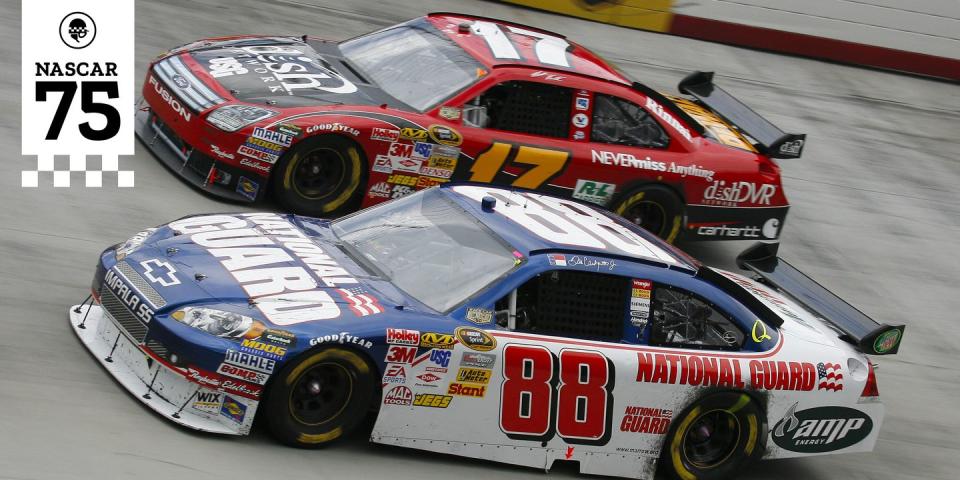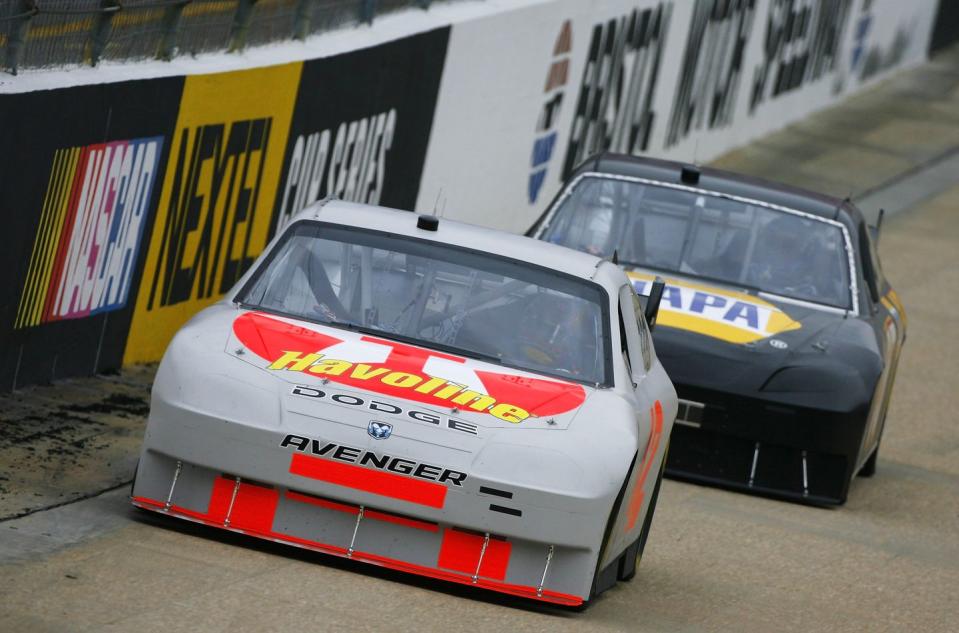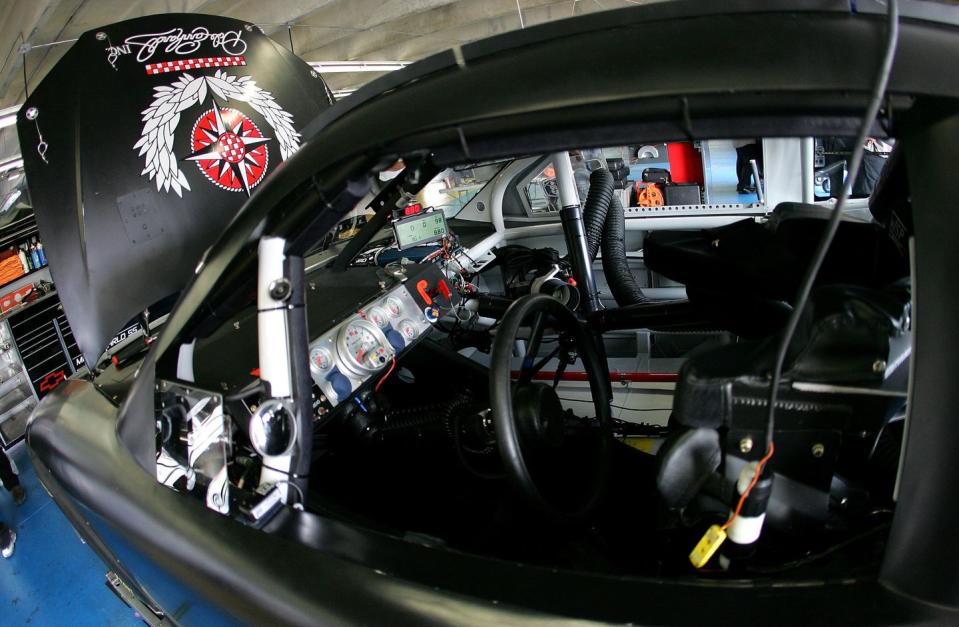Tony Stewart Calls NASCAR's Frustrating Car of Tomorrow a 'Flying Brick'

COT, one of the oddest vehicles in the history of NASCAR and one that attracted significant criticism and ridicule.
The car was developed largely in response to the 2001 Daytona 500 accident that killed NASCAR superstar Dale Earnhardt.
Safety enhancements included relocation of the driver seat closer to the center of the interior and “crush” zones designed to absorb impact in accidents.
It wasn’t a good sign that the NASCAR Car of Tomorrow, in development for five years, was described as “terrible” after its first race, which occurred in March 2007 at Bristol Motor Speedway.
Making that comment even more significant is the fact that it was made by none other than the race winner, Kyle Busch, who also offered the opinion that the new cars “suck.”
Thus began the years-long existence of the so-called COT, one of the oddest vehicles in the history of NASCAR and one that attracted significant criticism and ridicule.

The car was developed largely in response to the 2001 Daytona 500 accident that killed NASCAR superstar Dale Earnhardt. Earnhardt’s death followed accidents that had killed Tony Roper, Kenny Irwin Jr. and Adam Petty, and the loss of the sport’s biggest star accelerated demands that NASCAR enhance its safety protocols.
After years of engineering, design and testing, the COT debuted at the Bristol spring race in 2007. It was scheduled for about half that year’s races before moving to full-time status in 2008.
The car carried a relatively short rear-deck wing, a dramatic departure in car design for NASCAR. It also was “boxier” than the previous model. Safety enhancements included relocation of the driver seat closer to the center of the interior and “crush” zones designed to absorb impact in accidents.

In addition to safety improvements, the car was designed to improve competition and trim team costs. Its design was four inches wider and two inches taller than the previous model.
The COT used common templates across manufacturer models and, in the view of many fans, that made identifying the cars by car builder more difficult.
The much-maligned wing disappeared in 2010, replaced by a more traditional spoiler. No one seemed to mind.
The car’s safety enhancements proved effective, perhaps no more so than in Michael McDowell’s vicious high-impact, multiple-rollover crash at Texas Motor Speedway in 2008. McDowell emerged from the destroyed car unhurt. There were other big wrecks that produced no significant injuries.
In the end, the Car of Tomorrow saw some gains and took some losses. It was better at some tracks, worse at others, and drivers consistently complained of how poorly the car performed in traffic, making it very difficult to pass. It didn’t help that, as early as 2007 as teams tested the new model, driver Tony Stewart described it as a “flying brick.”
Engineers and mechanics were frustrated by the very limited window for innovation the car allowed, adding to the on-track frustrations of drivers who found themselves locked in packs of traffic with no realistic way forward.
In 2013, a new model, the Generation 6 car, left the Car of Tomorrow to assume a rather dubious place in NASCAR history.

 Yahoo Autos
Yahoo Autos 